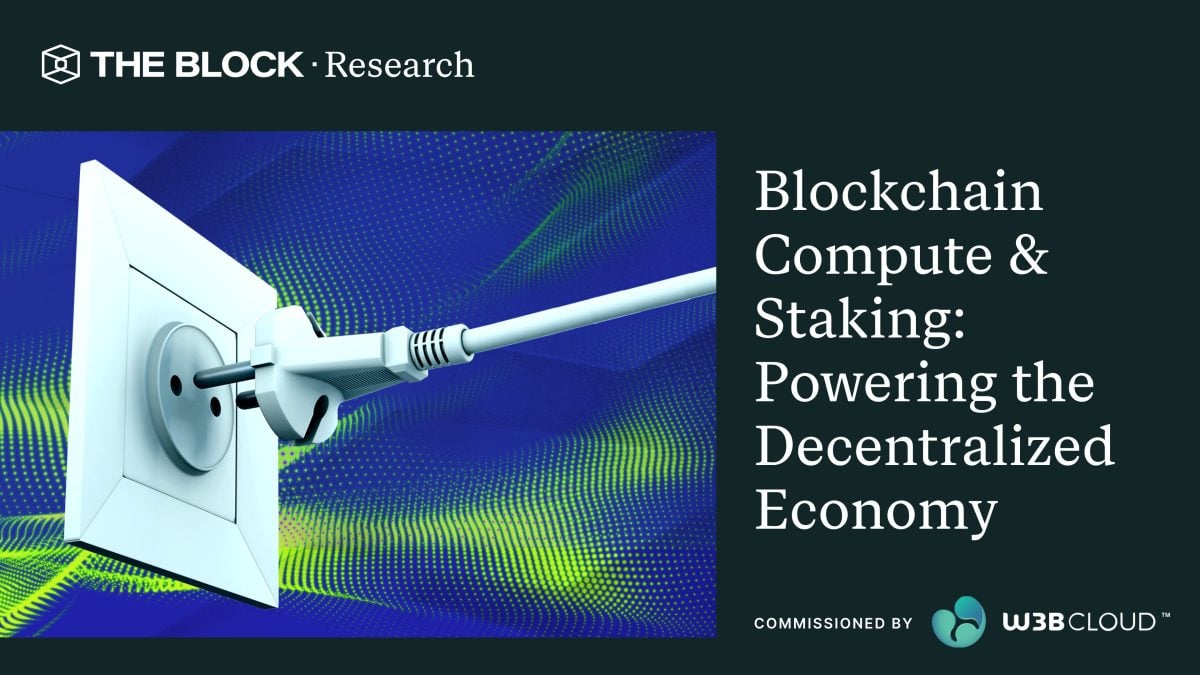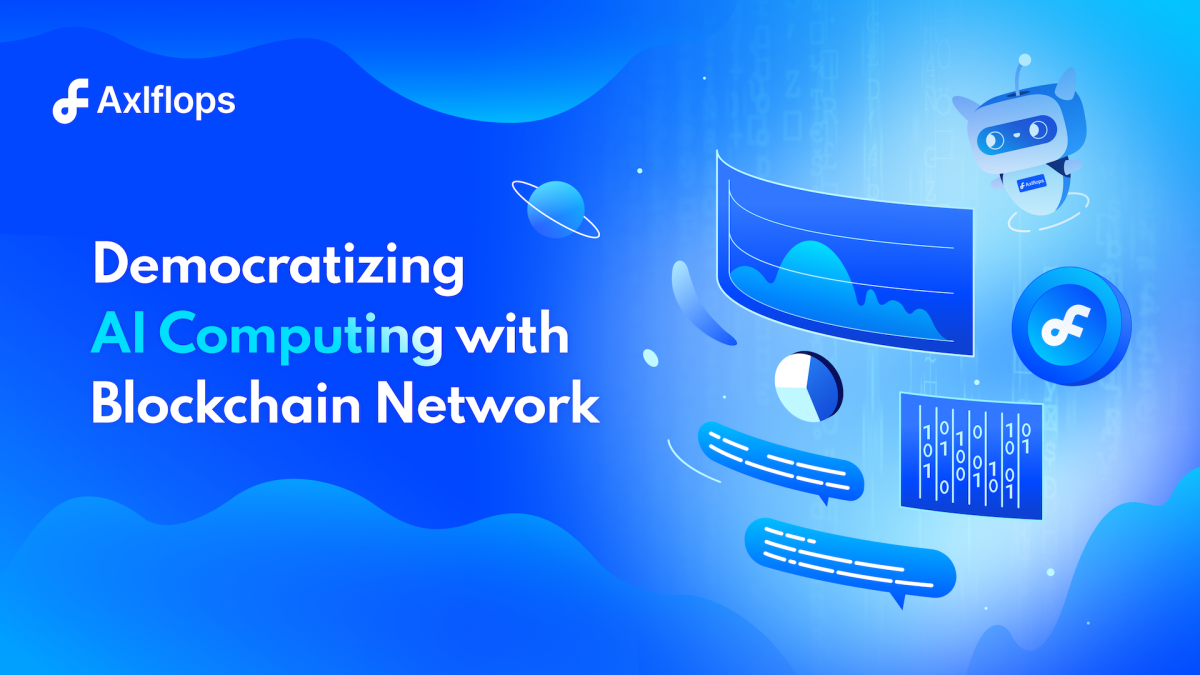Blockchain Compute & Staking: Powering the Decentralized Economy- Commissioned by W3BCLOUD

The Block Research was commissioned by W3BCLOUD to create “Blockchain Compute & Staking: Powering the Decentralized Economy”. To access the full report in PDF format, please fill out the form below:

Executive Summary
Unlike centrally controlled databases that dominate the internet today, blockchain technologies represent a path towards trustless databases with credible neutrality, immutability, censorship-resistance, and permission-less access. These fundamental properties of a decentralized blockchain stem not only from its cryptographic design, but also from the incentive structure for operating the distributed computer hardware carrying out the instructions within its algorithm.
- The specific compute requirements for nodes in each blockchain is based on the implementation of its consensus mechanism. Proof-of-work (PoW) & proof-of-stake (PoS) are the two most dominant consensus mechanisms in use today. Both require significant “real-world” investments from block producers to earn block rewards and collect transaction fees.
- Mining nodes for the PoW blockchains (e.g. Bitcoin) compete for the right to propose a new block based on the computational power available to each mining entity. The PoW mining landscape is intensely competitive – leading PoW mining operations have significant differences in profitability. Other niche services in the PoW mining sector include specialized hardware manufacturers, mining pools and turn-key miner hosting.
- PoS block producers (validators) usually risk (stake) capital that can be confiscated (slashed) by the protocol for breaking the consensus rules. The PoS validator selection process is independent of computational power thus, requisite hardware components for PoS chains are usually available off-the-shelf, compared to application-specific (ASIC) hardware necessary for Bitcoin block production.
- Given the scalability guarantees of some contemporary PoS chains however, PoS validator requirements may include 24/7 uptime, high internet bandwidth & professionalized operations and maintenance (O&M) – or risk slashing penalties.
- Professional staking operators and liquid staking derivatives aiming to simplify & derisk the staking process for end-users has thus seen significant adoption.
- This report discusses the most prominent blockchain scaling solutions: sidechains, optimistic rollups & state/payment channels. This report identified the various entities involved in each, where hardware requirements are generally similar to their corresponding Layer-1 nodes.
- A notable exception to the above are rollups based on zero-knowledge (ZK) proofs, where the provers may require ASICs (or FPGAs) depending on type of validity proof (STARK vs. SNARK) and rollup architecture (e.g. validium, volition, etc.)
- The ZK-rollup space is nascent, but there is significant excitement around ZK-based technologies as a means of scaling blockchains, while preserving users’ privacy – one factor brought into the spotlight recently given OFAC’s rulings about the Tornado Cash protocol.
- This report discusses the most prominent challenges towards hardware decentralization for both PoW/PoS chains. Primary concerns included centralization of ASIC hardware supply chain and prevalence of a few, large, corporate mining operators that dominate PoW mining.
- For PoS chains centralization of node infrastructure by professional hosting services, the emerging dominance of liquid staking derivatives & the centralization of PoS validators plus their staked capital within regulated entities that may compromise censorship-resistance.
© 2023 The Block. All Rights Reserved. This article is provided for informational purposes only. It is not offered or intended to be used as legal, tax, investment, financial, or other advice.

